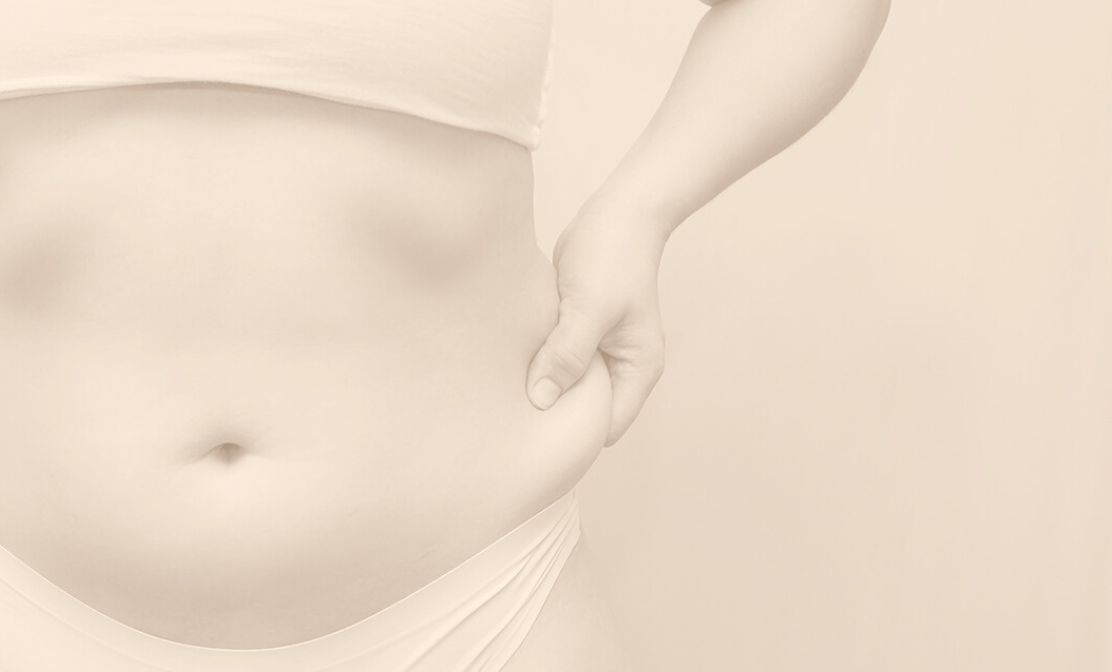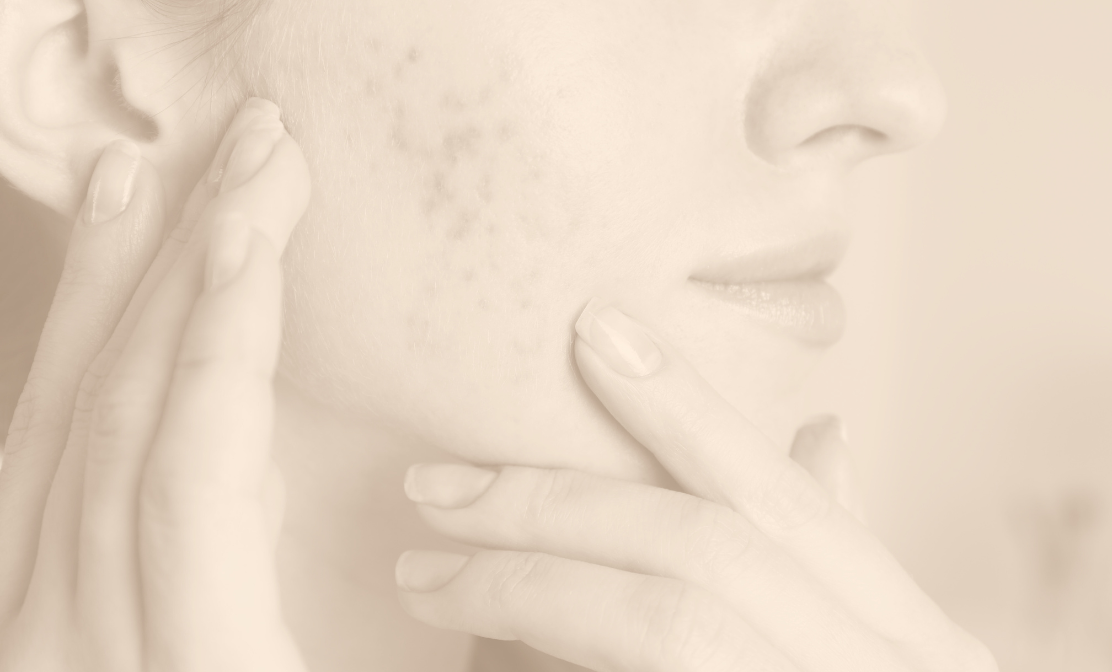Table of Contents
A tummy tuck, or abdominoplasty, is a surgical procedure designed to remove excess skin and fat from the abdomen while tightening the underlying muscles to create a flatter, firmer midsection. It is often chosen after pregnancy, weight loss, or aging when the abdominal area no longer responds to diet and exercise alone. Proper recovery is essential for achieving the best results. Following postoperative instructions, allowing adequate healing time, and avoiding strenuous activity will help ensure a smooth outcome and long-lasting improvement.
Understanding Tummy Tuck Surgery & Aftercare
Understanding tummy tuck surgery starts with recognizing that it is both a cosmetic and reconstructive procedure designed to remove excess skin and fat while tightening weakened abdominal muscles for a smoother, stronger core. Because the surgery involves deep tissue repair, recovery plays a critical role in the overall outcome. Proper healing helps minimize complications, reduce swelling, protect the muscle repair, and ensure the abdomen settles into its new, contoured shape. Following Dr. Antimarino’s instructions closely allows you to achieve the safest, most attractive, and longest-lasting results.
Post-Surgery Care: Day of Surgery
After a tummy tuck, waking up from anesthesia usually brings a sense of grogginess and mild discomfort, along with tightness across the abdomen from the muscle repair. You may notice drainage tubes in place, which help remove excess fluid and reduce swelling during the early healing period. A compression garment will be fitted to support the abdomen and improve comfort. Because you won’t be able to drive, you’ll need someone to take you home and stay with you. During the first night, expect limited mobility, the need for assistance with basic tasks, and instructions to rest in a slightly bent or reclined position to protect the incision and muscle repair. Pain management will include oral pain medication for the first week.
Early Healing: Days 1-3 After Tummy Tuck
Days 1–3 after a tummy tuck procedure are often considered the hardest because your body is responding to both the muscle tightening and the skin removal, which creates significant tightness, swelling, and soreness. During this period, it is common to experience discomfort, limited mobility, fatigue, and difficulty standing fully upright. Pain management typically includes prescribed medication, staying on schedule with your doses, and using your compression garment to support the abdomen. It is essential to rest in a bent or reclining position, take short, gentle walks to promote circulation, and keep drains properly cared for. Don’t strain, lift, or stand fully straight. And please avoid removing your garment unless instructed, these early days set the foundation for a smoother recovery.
Tummy Tuck Recovery Week by Week
Tummy tuck recovery progresses through several key stages. Week 1, the Foundation Phase, focuses on rest, managing pain, and protecting the abdominal repair. Week 2, the Early Mobility Phase, introduces gentle movement and short walks to promote circulation while continuing careful care of drains and incisions. During Weeks 3–4, the Progressive Recovery Phase, swelling decreases, energy improves, and light activities can resume under guidance. Weeks 5–6, the Advanced Recovery Phase, allows for more normal daily activities and gradual return to exercise, while still avoiding heavy lifting. Weeks 7–12, the Final Initial Recovery Phase, focuses on continued softening of tissues, fading of scars, reduced swelling, and the abdomen settling into its new, contoured shape
Essential Recovery Tips for Faster Healing
Essential recovery tips for a tummy tuck start even before surgery with proper pre-surgery preparation, including following your surgeon’s instructions, arranging support at home, and optimizing your health. During recovery, proper positioning and sleep, usually slightly bent at the waist, help reduce tension on the incision and protect the abdominal muscles. Wearing and caring for your compression garment supports healing and minimizes swelling. Maintaining good nutrition and hydration fuels tissue repair, while following scar care best practices helps optimize appearance. Gentle movement, such as short walks, promotes circulation, but exercise and heavy lifting should be gradually reintroduced according to your surgeon’s guidance.
Drain Care & Management after Abdominoplasty
After a tummy tuck procedure, drains are often placed to prevent fluid buildup under the skin, which can cause swelling, discomfort, or complications such as seromas. These small tubes allow blood and other fluids to exit the body safely, promoting proper healing and reducing pressure on the surgical site. Understanding how to care for drains is essential for a smooth recovery.
Emptying and measuring drainage is an important part of daily care. Typically, you will be instructed to record the amount of fluid collected in each drain at regular intervals, often every 8–12 hours. This helps Dr. Antimarino monitor healing and decide when the drains can be safely removed. To empty a drain, wash your hands thoroughly, open the collection bulb, pour out the fluid into a measuring container, and then compress the bulb fully before closing it. Accurate recording of the output is important for your follow-up visits.
Keeping the drain sites clean is equally critical. Clean the area around the insertion with mild soap and water as directed and apply any prescribed dressings. Avoid tugging or pulling on the tubes and secure them to your clothing to prevent accidental dislodging. Wearing loose, comfortable clothing can help minimize irritation and allow for better mobility.
Drains are typically removed once the fluid output drops below a threshold set by Dr. Antimarino, which is often a few days to a week after surgery, depending on the individual’s healing process. Some patients may have drains for a slightly longer period.
Managing drain tubes in daily life requires planning. Short walks are encouraged to improve circulation, but strenuous activity and heavy lifting should be avoided to prevent pulling on the drains. Sleeping in a slightly bent position can reduce tension and carrying supplies for emptying and cleaning the drains can help you remain independent. With proper care and attention, drains support a safer, more comfortable recovery and help ensure optimal surgical results.
Warning Signs & When to Call Your Surgeon
While some discomfort, swelling, and bruising are normal after a tummy tuck, certain symptoms may signal a complication and should prompt immediate contact with your surgeon. Concerning signs include increasing or severe pain that doesn’t improve with medication, infection around the incision, fluid buildup, extreme swelling or any issues with your drains such as blockage or accidental removal. When in doubt, it’s always safest to reach out to your surgeon. Early evaluation ensures timely treatment and protects your overall recovery.
Maximizing Your Tummy Tuck Results
Maximizing long-term tummy tuck results relies on maintaining a stable weight, as significant fluctuations can stretch the abdominal skin and affect your contour. Establishing a consistent exercise routine helps strengthen core muscles and supports overall body tone, while healthy lifestyle habits, such as balanced nutrition, proper hydration, and avoiding smoking, promote tissue health and healing. Protecting your surgical investment by following Dr. Antimarino’s guidance ensures results last, and being aware of changes in appearance can help you decide if a revision procedure is ever necessary to maintain the desired outcome.
Frequently Asked Questions About Tummy Tucks
How long will my tummy tuck results last?
Most results will last indefinitely, however, pregnancy, fluctuations in weight, aging and hormones can affect the skin and muscle over time.
What are the worst days after tummy tuck?
The worst days are often days 1–3 after a tummy tuck procedure. Your body is responding to both the muscle tightening and the skin removal, causing tightness, swelling and soreness.
How long do I wear the tummy tuck compression garment?
A patient is required to wear their compression binder or garment for 4-6 weeks after surgery, to help with swelling and give support to the healing tissues.
When will the drains be removed?
Drains are typically removed within the 1st week post-operation.
When can I exercise again after my tummy tuck surgery?
Exercise and most activities are resumed by 3 weeks. Heavy lifting should be gradually reintroduced according to your surgeon’s guidance.
Can a tummy tuck be combined with other treatments?
A tummy tuck can be combined with many other procedures such as a Breast Augmentation, a Breast Lift, or a Breast Reduction. This is commonly referred to as a Mommy Makeover. It can also be combined with Liposuction or an Arm Lift.
Schedule Your Tummy Tuck Consultation in Pittsburgh
A tummy tuck is a transformative procedure that can restore confidence and redefine the abdominal area, but achieving the best results depends heavily on a thoughtful, well-managed recovery plan. By following your surgeon’s instructions, caring for your body throughout each stage of healing, and supporting your long-term wellness with healthy habits, you can enjoy lasting results.
If you’re considering a tummy tuck in Pittsburgh, schedule a private consultation with Dr. Jeffrey Antimarino at Bellissimo Plastic Surgery & Medi Spa. A personalized consultation is crucial when considering a tummy tuck, as it allows the surgeon to meet with you, perform an examination and customize based on your body type, lifestyle, and cosmetic goals.




